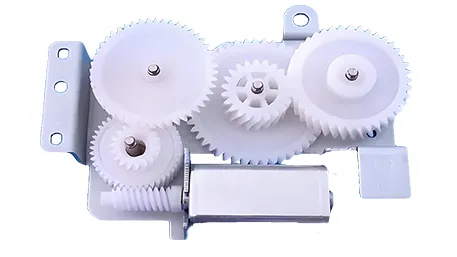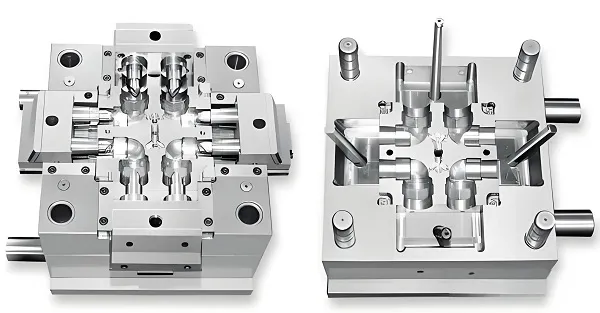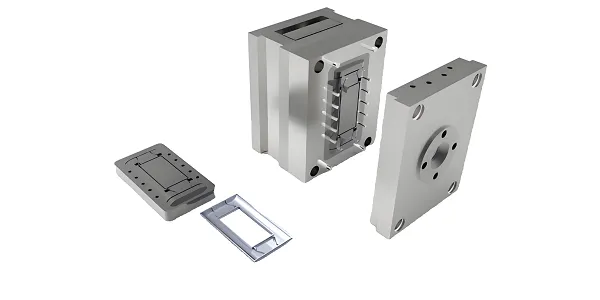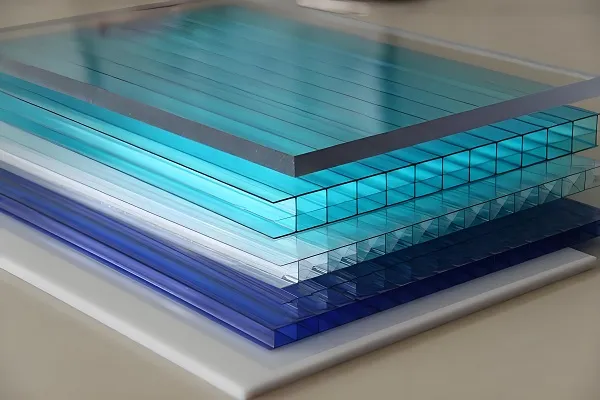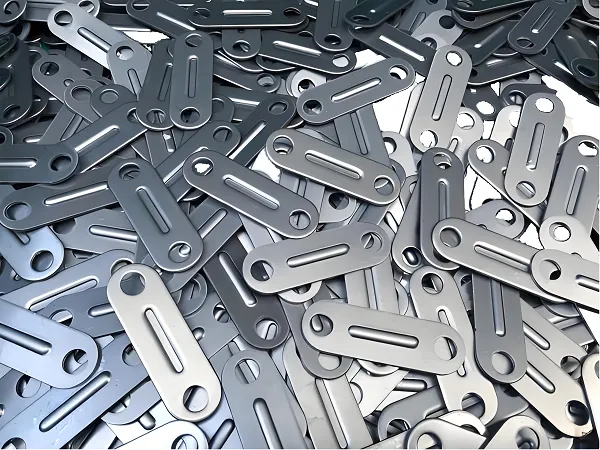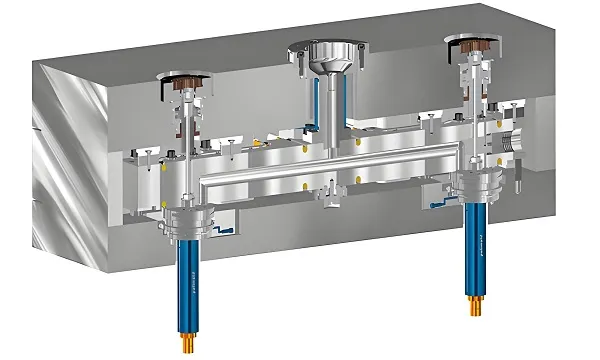Rectangular tube inserts, as an indispensable part of mechanical structures, are widely used in many fields such as automotive, aerospace, construction, furniture and so on. They not only enhance the stability and load-bearing capacity of structures, but also meet the needs of various complex application scenarios through precise design and manufacturing. Rectangular tube inserts are usually made of high-strength, corrosion-resistant materials to ensure their long-term reliability in harsh environments.
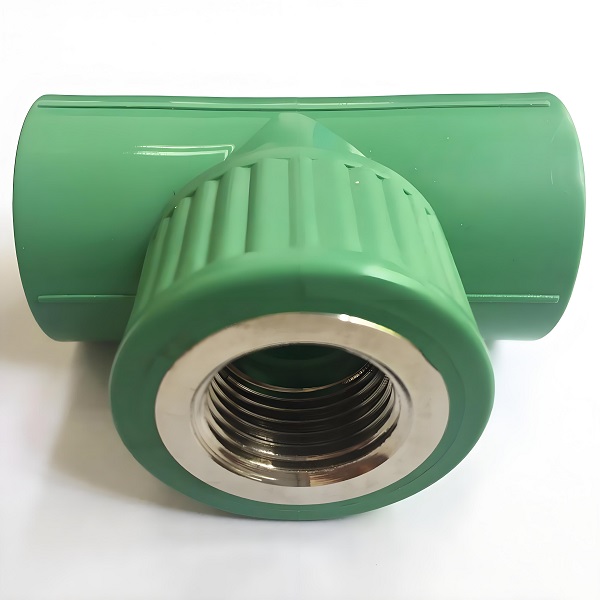
1.Rectangular Tube Inserts Production Process
Demand analysis and design: According to the customer’s specific needs, including rectangular tube size, shape, material, as well as the installation location and function of the inserts, to carry out detailed design planning.
Material selection and procurement: according to the design requirements, select suitable raw materials, such as stainless steel, aluminum alloy, carbon steel and so on, and procurement.
Processing and manufacturing: Adopt advanced CNC machine tools to carry out precision processing, including cutting, drilling, milling, grinding and other processes, to ensure the dimensional accuracy and surface quality of the inserts.
Heat treatment and surface treatment: Heat treatment is carried out on the processed inserts to improve their hardness and abrasion resistance; at the same time, surface treatment is carried out, such as sandblasting, electroplating, etc., to enhance their corrosion resistance and aesthetics.
Quality inspection and packaging: Strict quality inspection of the inserts, including size measurement, performance test, etc., to ensure that the product meets the design requirements; and then packaged for transportation and storage.
2.Customized rectangular pipe inserts
Personalized design: provide personalized customized service, according to the specific needs of customers, design rectangular tube inserts to meet their requirements.
Variety of material choices: Provide a variety of material choices to meet the needs of different application scenarios, such as stainless steel for corrosion-resistant environments and aluminum alloy for lightweight design.
Rapid Response and Delivery: With efficient production lines and professional teams, we are able to respond quickly to customers’ orders and ensure products are delivered on time.
After-sales service: Provide comprehensive after-sales service, including technical support, repair and replacement, etc., to ensure that customers receive timely support and assistance in the process of use.
3. Rectangular tube inserts material introduction
Material: stainless steel, aluminum alloy, carbon steel, etc.
Characteristics:
High strength: these materials have high tensile strength and yield strength, able to withstand greater pressure and load.
Corrosion resistance: Stainless steel and other materials have good corrosion resistance, can be used for a long time in humid, acid and alkali and other harsh environments.
Lightweight: Materials such as aluminum alloys have a low density, which reduces the weight of the overall structure and improves energy efficiency.
Easy processing: these materials are easy to cut, drill, weld and other processing operations, easy to manufacture a variety of shapes of inserts.
4. Rectangular tube inserts of different materials characteristics
Products: stainless steel rectangular tube inserts, aluminum alloy rectangular tube inserts, carbon steel rectangular tube inserts and so on.
Data:
Stainless steel rectangular tube inserts: density of about 8g/cm³, tensile strength ≥ 500MPa, yield strength ≥ 205MPa, excellent corrosion resistance.
Aluminum alloy rectangular tube inserts: density of about 2.7g/cm³, tensile strength ≥ 110MPa, yield strength ≥ 70MPa, lightweight effect is good, general corrosion resistance.
Carbon steel rectangular tube inserts: density of about 7.8g/cm³, tensile strength ≥ 400MPa, yield strength ≥ 235MPa, relatively low price, but poor corrosion resistance.
Customized rectangular pipe inserts FAQ
Q1:What are the application scenarios of rectangular tube inserts?
A1: Rectangular tube inserts are widely used in automobile manufacturing, aerospace, construction, furniture and many other fields to enhance the stability and load-bearing capacity of the structure.
Q2:How to choose the right material for rectangular tube inserts?
A2:When choosing the material for rectangular tube inserts, you need to consider the application scenario, load requirements, corrosion resistance and other factors. Stainless steel is suitable for corrosion-resistant environments, aluminum alloy is suitable for lightweight design, and carbon steel is suitable for price-sensitive applications.
Q3: How long does it take to customize rectangular tube inserts?
A3: The time it takes to customize rectangular tube inserts depends on factors such as design complexity, material selection, and production scale. In general, it can take several weeks to several months from design to delivery.
Q4: How to ensure the quality of rectangular tube inserts?
A4: We use advanced CNC machine tools for precision machining and undergo strict quality inspection and performance testing to ensure that the quality of rectangular tube inserts meets the design requirements.
Q5:What if there is a problem during the use?
A5:If problems occur during use, we provide comprehensive after-sales service, including technical support, repair and replacement, etc., to ensure that customers receive timely support and assistance.

